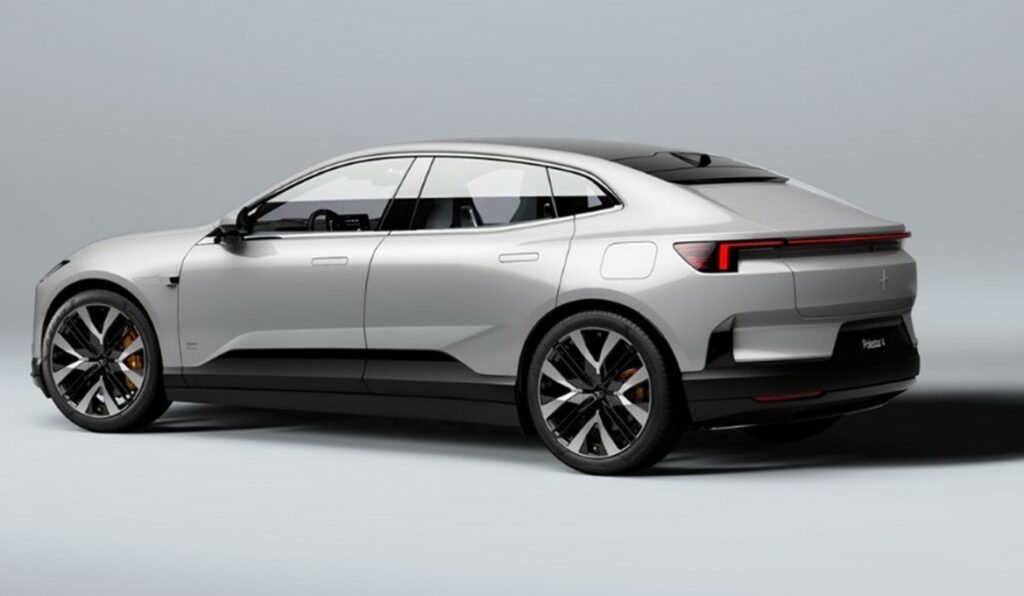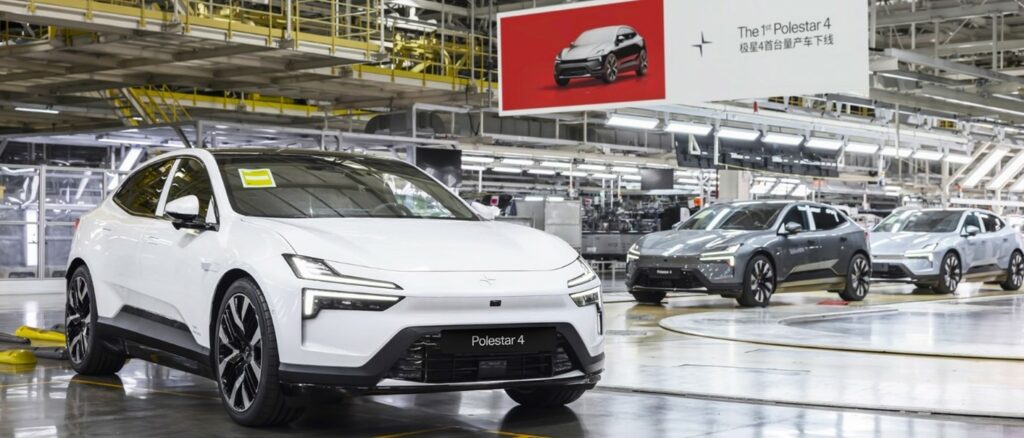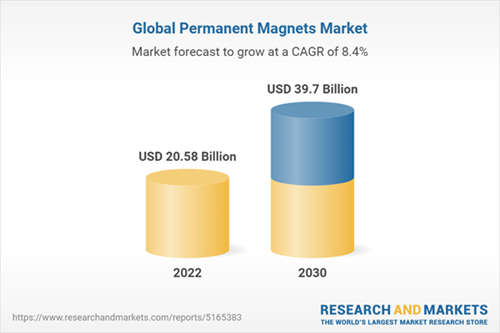
Featuring powerful new motors of a permanent magnet synchronous design, Swedish automaker Polestar is rapidly expanding its production of electric vehicle models with high power output and speedy performance. Begun as an auto racing engineering enterprise, the company’s approach is to focus on exceptional design for high performance while conducting manufacturing through the facilities of others and focusing on overall sustainability — including use of recycled magnets.
As part of its circularity strategy, Polestar has signed a memorandum of understanding with North American startup Cyclic Materials to create closed-loop recycling pathways for rare earth elements. The agreement envisions the development of recycled magnets for use in Polestar cars, as well as to explore ways to efficiently recycle existing magnets.

Polestar 4, the company’s newest model, is the fastest production car the brand has developed to date. It clocks a 0-100 km/h sprint in just 3.8 seconds and has a maximum power output of 400 kW (544 hp). The power comes from synchronous design permanent magnet motors. Both dual- and single motor versions have been developed, with single-motor versions featuring rear-wheel drive.
Meanwhile, the company is giving its 5-door electric performance fastback, Polestar 2, a major update for the 2024 model year, the premium compact EV features a new high-tech front end that reflects the design language premiered by Polestar 3, substantial performance increases with all-new electric motors, even more powerful batteries, sustainability improvements and, for the first time in a Polestar, rear-wheel drive.
A newly developed permanent magnet motor and silicon carbide inverter boost the performance. The new motor has a power output of up to 220 kW (increased from 170 kW) and is optimized for maximum efficiency and high torque (490 Nm, up from 330 Nm) to further increase the dynamic performance of the car. The 0-100 km/h sprint time has been reduced by as much as 1.2 seconds, down to 6.2 seconds.
“Typically in the car industry, a facelift introduces superficial visual changes that often destroy the original intention of the car’s design theme. With the new model year Polestar 2, we rather went below the surface and upgraded substantial tech and mechanical components of the electric drivetrain,” said Polestar CEO, Thomas Ingenlath.
The dual-motor version now has a rear-drive bias that increases driving pleasure and performance thanks to a completely re-balanced drivetrain setup and torque-ratio. The new rear motor is the primary drive source, supported on the front axle by a new asynchronous motor. This enables higher total system output of 310 kW and 740 Nm (increased from the original 300 kW and 660 Nm), vastly improved traction, greater overall efficiency and higher performance – 0-100 km/h is achieved in 4.5 seconds. Supporting efficiency gains, the front motor can now be disengaged completely when not needed. When the driver wants more power, the front motor re-engages instantly and seamlessly.
Up to 350 kW are available with the optional Performance Pack, and a 0-100 km/h sprint time as low as just 4.2 seconds. The increase in power, performance and driving enjoyment is also available to purchase as a downloadable over-the-air performance software upgrade for any eligible Long range Dual motor cars.
“Changing from front- to rear-wheel drive in the single-motor variants and re-calibrating the torque ratio in the dual-motor variant for an increased rear-wheel drive feel, elevates the Polestar 2 driving experience to a whole new level,” says Joakim Rydholm, head of chassis development at Polestar.
Recycling partnership
The recycling partnership came to fruition when Polestar’s circularity lead, Sander Jahilo, sparked a dialogue with Patrick Nee, VP of strategic partnerships at Cyclic Materials. “The first time I met Sander, he immediately grasped our vision and was eager to move forward with the partnership. The enthusiasm of Polestar has been a major factor in making this happen”, Nee says.
Ahmad Ghahreman, CEO of Cyclic Materials, says, “Polestar approached us with a vision of using 100% recycled materials in its electric traction motors and ensuring that all its cars are recycled at the end of their life. Polestar is a leader in circular lifecycle management of their vehicles, and Cyclic Materials is proud to have them as partners in building a circular supply chain for rare earth elements.”
“To become a circular company, we need to look at where we have the biggest impact – and magnets are among the least circular materials out there”, says Jahilo. “Cyclic Materials are unique in that they are tapping into materials which have previously been overlooked in the recycling industry due to technical limitations. By partnering with them, we will have a shot at closing the loop on magnets to take a big step towards lowering the raw material footprint of our cars”.

Headquartered in Gothenburg, Sweden, its cars are available online in 27 markets globally across North America, Europe and Asia Pacific. Polestar plans to have a line-up of five performance EVs by 2026, typically using the manufacturing and assembly plants of other companies. Manufacturing of Polestar 4 is conducted in China already and will start in the second half of 2025 for the Korean and North American markets at Renault Korea Motors plant in Busan. Polestar began as an auto racing engineering company that was acquired by Volvo which later spun it out to its own brand. Polestar 2 first entered the premium EV market in 2019 and surpassed the 100,000 unit production mark in 2022.
Cyclic Materials is an advanced metals recycling company in Canada that recently began operations at its pilot plant in Kingston, Ontario where its proprietary Mag-Xtract technology isolates magnets from recycled end-of-life products. The design capacity of the plant is 1,000 kg/hour (8,000 tons per year), and initial runs have processed several tons of magnet feedstock per day.
For more info, see www.polestar.com, www.cyclicmaterials.earth.



